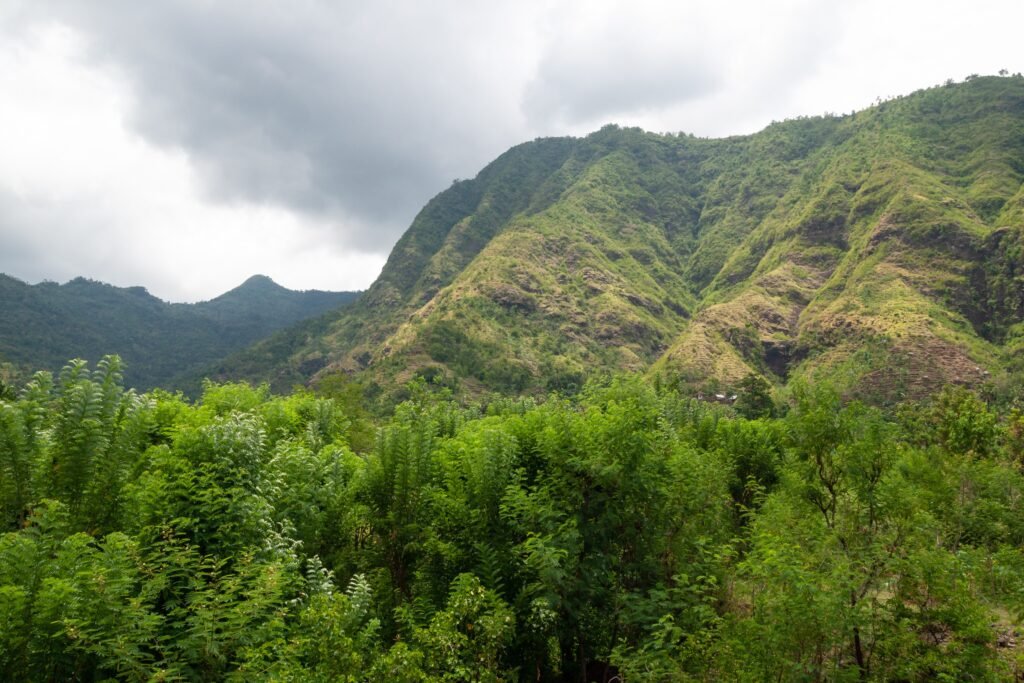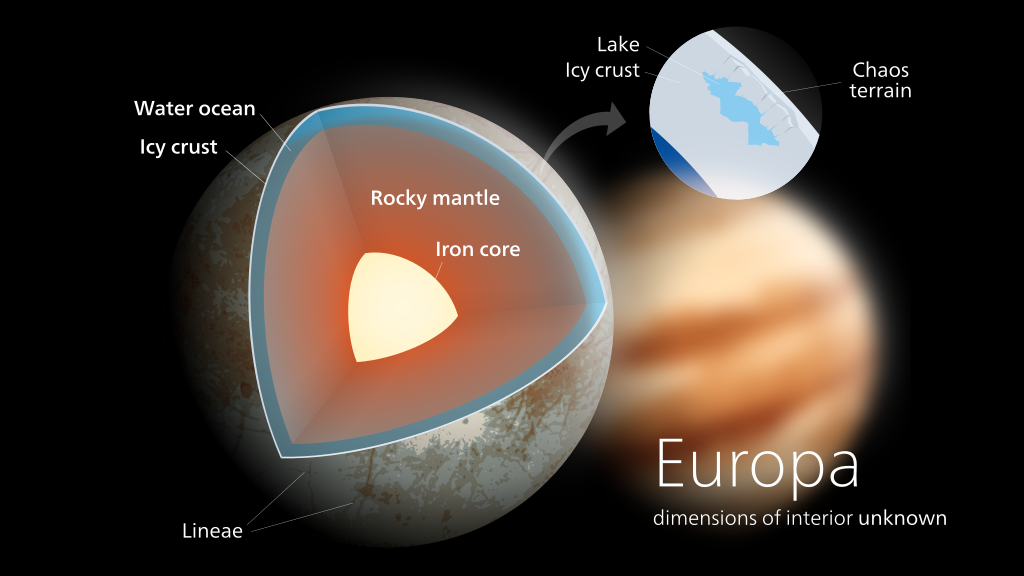Picture this: you’re standing at the edge of a forest that seems almost too green to be real. The trees tower above you with leaves so vibrant they practically glow, and the undergrowth is thick with vegetation that seems to pulse with life. What you might not realize is that beneath your feet, a sleeping giant is preparing to wake up. This isn’t just any forest – it’s a volcanic forest, and nature is about to put on one of her most spectacular and terrifying shows.
The Hidden Chemistry of Volcanic Awakening

Deep beneath the earth’s surface, something extraordinary happens long before a volcano erupts. As magma chambers begin to heat and expand, they release a cocktail of gases that seep through the ground like invisible messengers of the coming destruction. These gases, including carbon dioxide, sulfur dioxide, and water vapor, don’t just disappear into the atmosphere – they become the secret ingredients for an explosion of plant life.
The most fascinating part? Plants are essentially getting a preview of what’s coming, and they’re responding in ways that would make any gardener jealous. Carbon dioxide, which makes up a significant portion of these pre-eruption emissions, acts like a natural fertilizer bomb going off in slow motion. Trees and plants begin absorbing this extra CO2 through their leaves, supercharging their photosynthesis process.
What happens next is like watching a time-lapse video of a garden on steroids. Leaves grow larger and more numerous, stems thicken, and the entire forest canopy becomes denser and more vibrant than it has been in years.
The Sulfur Surprise That Feeds the Forest

While carbon dioxide gets most of the attention, sulfur compounds emerging from volcanic vents play their own crucial role in this pre-eruption green revolution. These sulfur-rich gases dissolve into groundwater and soil moisture, creating a natural fertilizer that plants have been secretly craving. It’s like the earth is giving the forest a massive vitamin injection just before disaster strikes.
Sulfur is essential for protein synthesis in plants, and when it suddenly becomes abundant, trees respond by producing more chlorophyll – the green pigment that captures sunlight for photosynthesis. This is why volcanic forests often display that almost unnatural shade of green that seems to leap out at you from photographs.
The timing couldn’t be more ironic. Nature is essentially fattening up the forest just before it plans to destroy it, like a twisted version of a last meal before execution.
Heat from Below: The Underground Greenhouse Effect

As volcanic activity increases, the ground temperature begins to rise in ways that would make most plants wither and die. But volcanic forests are different – they’ve evolved to thrive in these conditions. The gentle warming of the soil acts like a massive underground heating system, extending growing seasons and accelerating plant metabolism.
Root systems that have been dormant during cooler months suddenly spring back to life, drawing up nutrients at an unprecedented rate. Trees that might normally conserve energy during certain seasons instead go into overdrive, producing new growth at rates that can be visually stunning.
This underground warmth also means that decomposition of organic matter speeds up dramatically. Dead leaves, fallen branches, and other organic material break down faster, releasing nutrients back into the soil at an accelerated pace. It’s like the forest floor becomes a nutrient recycling center working in hyperdrive.
The Nitrogen Explosion Nobody Talks About

One of the most overlooked aspects of pre-eruption forest greening involves nitrogen compounds that emerge from volcanic vents. These nitrogen-rich gases, when they interact with moisture in the air and soil, create natural fertilizers that are incredibly effective at promoting plant growth. It’s essentially like the volcano is producing its own Miracle-Gro formula.
Plants need nitrogen to create proteins and nucleic acids, but it’s often the limiting factor in forest growth. When a volcano begins to stir, it releases this precious element in forms that plants can easily absorb. The result is explosive growth that can make forests appear to transform almost overnight.
The irony is profound – the same geological forces that will eventually incinerate these forests are first providing them with the exact nutrients they need to reach their full potential. It’s nature’s cruel joke played out on a massive scale.
Mineral-Rich Groundwater: The Secret Elixir
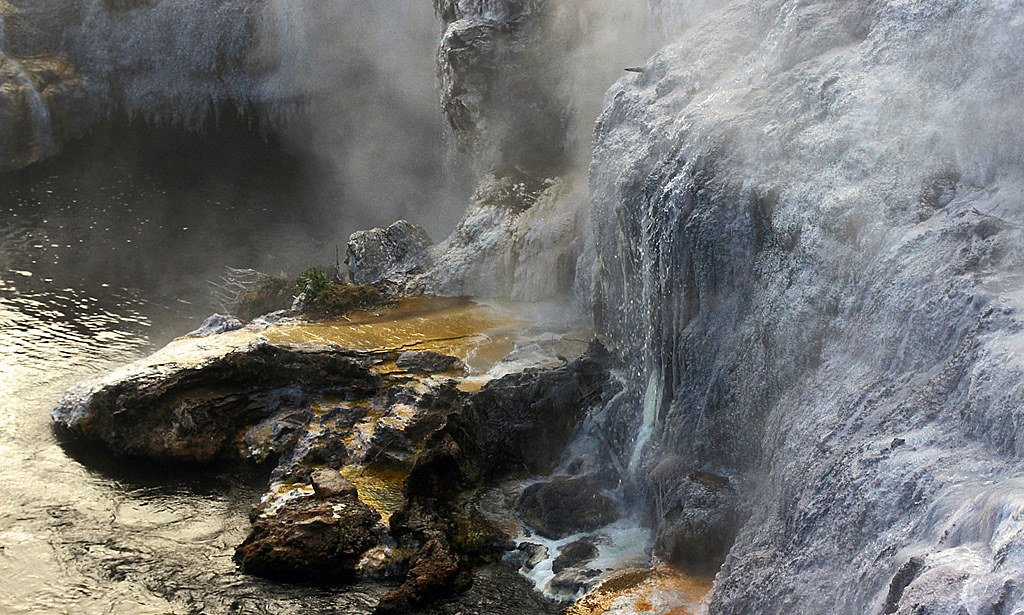
As volcanic activity increases, groundwater systems undergo dramatic changes that most people never see or understand. The rising heat and pressure force mineral-rich water up through rock layers, creating underground streams that are loaded with elements like potassium, magnesium, and phosphorus. These aren’t just any minerals – they’re the building blocks of plant life.
When tree roots tap into these mineral-rich water sources, it’s like plugging into a direct nutrient pipeline. The effects are visible within weeks as leaves become more vibrant, bark thickens, and new growth appears at rates that would be impossible under normal conditions.
This mineral infusion also affects the soil chemistry in ways that create perfect growing conditions. The pH levels shift, making nutrients more available to plants, while the increased mineral content provides a buffer against environmental stresses that would normally limit growth.
The Photosynthesis Powerhouse Effect

With increased carbon dioxide, better nutrients, and optimal growing conditions, plants in volcanic regions essentially shift into photosynthesis overdrive. The process that converts sunlight into energy becomes dramatically more efficient, leading to growth rates that can be 2-3 times higher than normal forest conditions.
This enhanced photosynthesis doesn’t just mean bigger plants – it means forests that are more resilient, more productive, and more vibrant in every measurable way. Leaves become thicker and more numerous, capturing more sunlight and converting it into the energy needed for rapid growth.
The visual impact is striking. Forests that might have looked ordinary just months before suddenly appear almost tropical in their lushness, with canopies so dense they block out most of the sky and undergrowth so thick it becomes difficult to navigate.
Microbial Madness in Volcanic Soil

What happens in the soil of volcanic forests is nothing short of miraculous. The combination of increased heat, mineral content, and chemical changes creates ideal conditions for beneficial microorganisms that form symbiotic relationships with plant roots. These microscopic partners help plants absorb nutrients more efficiently while protecting them from diseases and environmental stresses.
The soil literally comes alive with activity as bacterial and fungal populations explode. These microorganisms break down organic matter faster, fix nitrogen from the air, and create networks of communication between plants that allow forests to share resources and information in ways that scientists are only beginning to understand.
This underground ecosystem becomes so active that the soil temperature can rise several degrees above normal, creating a feedback loop that further accelerates plant growth and microbial activity. It’s like the entire forest floor becomes a living, breathing entity focused on one goal: maximum growth before the inevitable destruction.
The Stress Response That Backfires
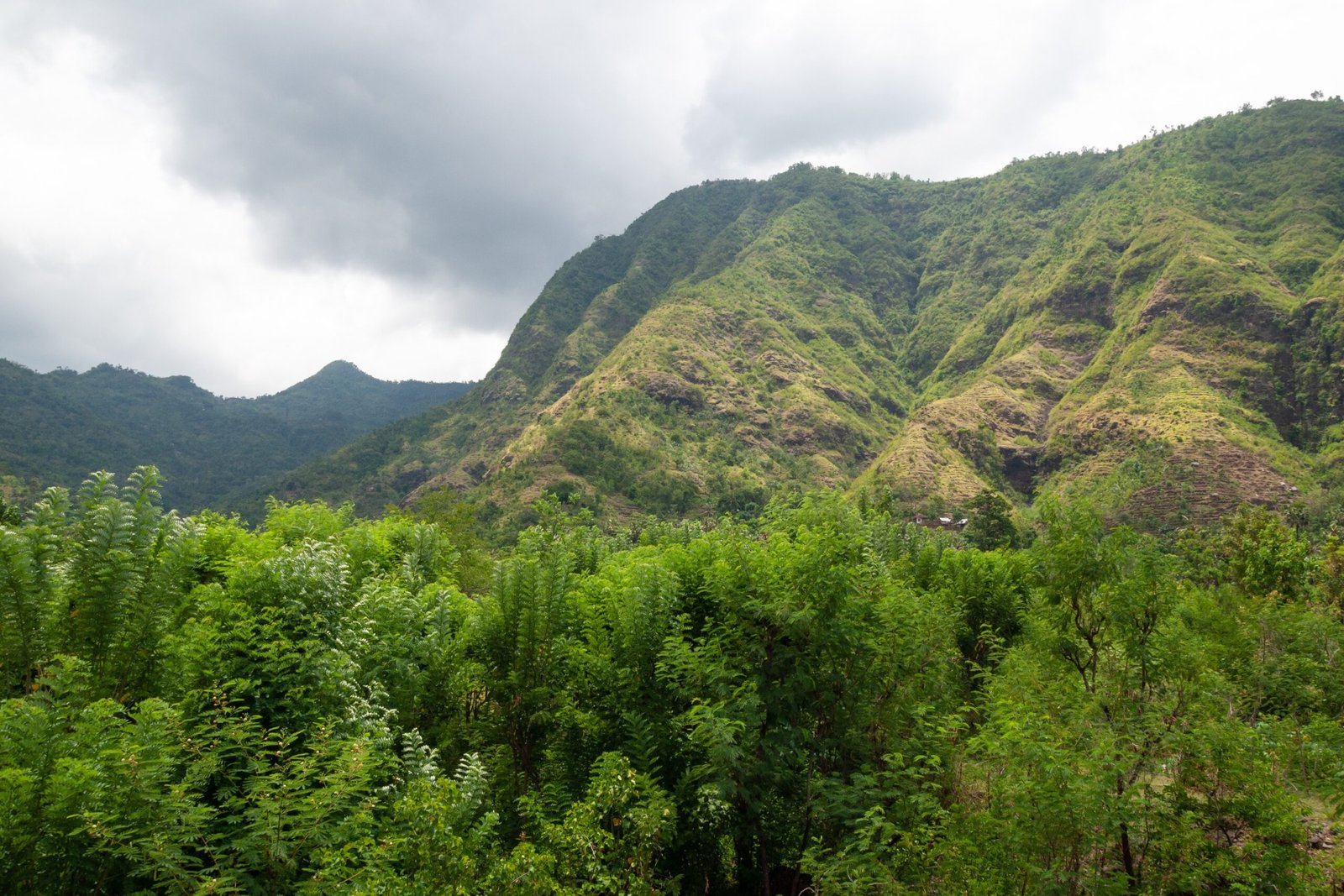
Plants have evolved sophisticated mechanisms to detect and respond to environmental threats, but volcanic conditions create a unique situation where these stress responses actually promote growth rather than survival mode. The subtle changes in soil chemistry and atmospheric conditions trigger what scientists call “hormesis” – a beneficial stress response that makes plants stronger and more vigorous.
Instead of shutting down growth to conserve resources, plants in pre-eruption volcanic environments do the opposite. They accelerate reproduction, increase biomass, and invest heavily in new growth as if they’re racing against time – which, in a very real sense, they are.
This response is so pronounced that some botanists have suggested volcanic forests represent one of the most extreme examples of stress-induced growth enhancement in nature. Plants are essentially betting everything on a growth strategy that prioritizes immediate expansion over long-term survival.
The Water Cycle Revolution

Volcanic activity doesn’t just change what’s in the soil – it transforms the entire water cycle in the surrounding area. Rising ground temperatures increase evaporation rates, which leads to more moisture in the air and more frequent precipitation. This creates a localized climate that’s ideal for plant growth, with higher humidity and more consistent water availability.
The increased evaporation also means that nutrients are cycled through the ecosystem more rapidly. Minerals dissolved in groundwater are carried up through plants and released into the air through transpiration, then returned to the soil through precipitation. It’s like the entire forest becomes a massive, efficient nutrient recycling system.
This enhanced water cycle creates microclimates within volcanic forests that can support plant species that wouldn’t normally thrive in the region. The result is often an increase in biodiversity that makes these forests remarkably rich and complex ecosystems – at least until the volcano decides to erase it all.
The Oxygen Paradox

One of the most fascinating aspects of pre-eruption forest greening is how it affects atmospheric oxygen levels in the immediate area. With photosynthesis operating at maximum efficiency, these forests produce oxygen at rates that can be significantly higher than normal forest conditions. The air becomes noticeably fresher and more energizing for anyone spending time in these environments.
This oxygen boost creates yet another feedback loop that benefits plant growth. Higher oxygen levels in the soil improve root respiration and nutrient uptake, while the oxygen-rich atmosphere supports more efficient cellular processes throughout the plant. It’s like the entire forest ecosystem becomes supercharged with life-giving oxygen.
The irony is staggering – these forests are producing more life-sustaining oxygen than ever before, just as they’re about to be destroyed by the very forces that made this oxygen abundance possible. Nature’s timing has never seemed more cruelly perfect.
Root Systems Go Crazy

While the above-ground changes in volcanic forests are visually striking, what happens below ground is equally dramatic. Root systems expand at unprecedented rates, growing deeper and wider as they chase the mineral-rich water sources created by volcanic activity. These expanded root networks make plants more resilient while also allowing them to access nutrients that would normally be out of reach.
The warming soil encourages root growth that can extend 50% deeper than normal, creating anchor systems that are remarkably strong and efficient. These extensive root networks also improve the forest’s ability to prevent erosion and manage water flow, creating more stable growing conditions even as the underlying geology becomes increasingly unstable.
What’s particularly fascinating is how these root systems seem to “know” where to grow to access the best nutrients. They develop complex branching patterns that maximize contact with mineral-rich water sources while avoiding areas where volcanic gases might be toxic. It’s like each plant becomes a master geologist, reading the underground conditions and adapting accordingly.
The Seed Production Frenzy
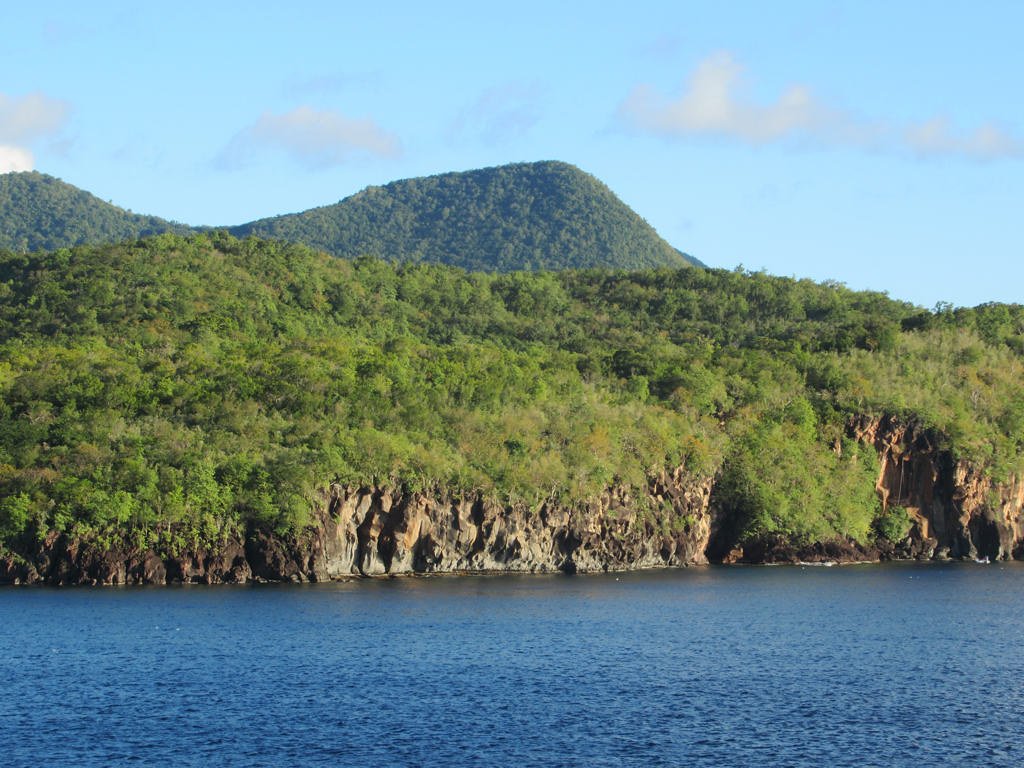
Perhaps the most poignant aspect of pre-eruption forest greening is how it affects plant reproduction. Trees and plants begin producing seeds at rates that far exceed normal conditions, as if they’re desperately trying to ensure their genetic legacy survives what’s coming. Seed production can increase by 200-300% in some species, creating a biological insurance policy against total destruction.
These seeds aren’t just more numerous – they’re often larger, more viable, and better equipped to survive harsh conditions. The enhanced nutrition available to parent plants allows them to invest more resources in each seed, creating offspring that are essentially pre-adapted for post-eruption survival.
The timing of this reproductive surge is remarkably precise. Plants seem to sense the approaching danger and shift their energy allocation toward reproduction rather than continued growth. It’s evolution in action, with entire forests betting their future on seed production just before disaster strikes.
Wildlife Buffet Before the Blast
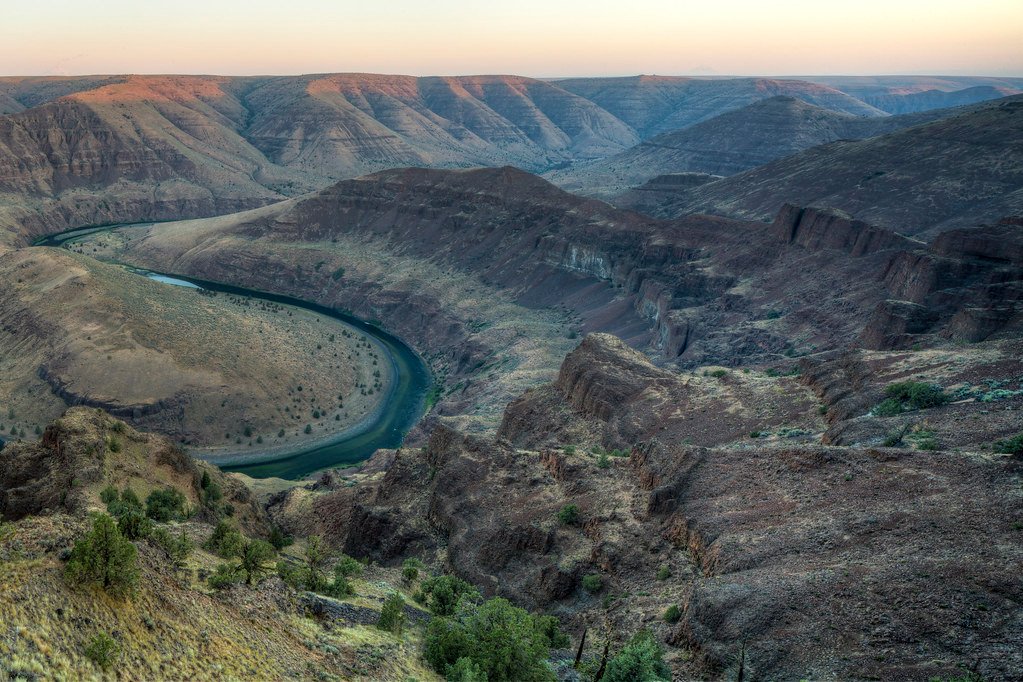
The explosion of plant growth in pre-eruption volcanic forests creates a wildlife paradise that attracts animals from throughout the region. The abundant food sources and lush habitat conditions support animal populations at levels that would be impossible under normal circumstances. Birds, mammals, and insects all benefit from the temporary abundance.
This wildlife influx creates additional ecological complexity as animals contribute to nutrient cycling through their waste and feeding activities. The increased animal activity also aids in seed dispersal, helping plants spread their offspring to areas that might survive the coming eruption.
The cruel irony is that this wildlife paradise is temporary and ultimately deadly. Animals that are drawn to these lush volcanic forests often become trapped when eruptions occur, unable to escape the very abundance that attracted them in the first place. It’s nature’s most beautiful and tragic feast.
The Competition Elimination Game

The unique conditions in pre-eruption volcanic forests create situations where some plant species thrive while others struggle or disappear entirely. The plants that can best utilize the abundant carbon dioxide, minerals, and optimal growing conditions quickly dominate the landscape, while less adaptable species get crowded out or fail to compete.
This natural selection process happens at an accelerated pace, with ecological changes that would normally take decades occurring in just a few years. The result is often a dramatic shift in forest composition, with the most volcanic-adapted species creating dense, nearly monoculture stands of vegetation.
The competitive advantage gained by volcanic-adapted plants is so pronounced that they can completely transform the character of a forest ecosystem. What was once a diverse mixed forest might become dominated by just a few species that are perfectly suited to the pre-eruption conditions.
The Atmospheric Chemistry Laboratory
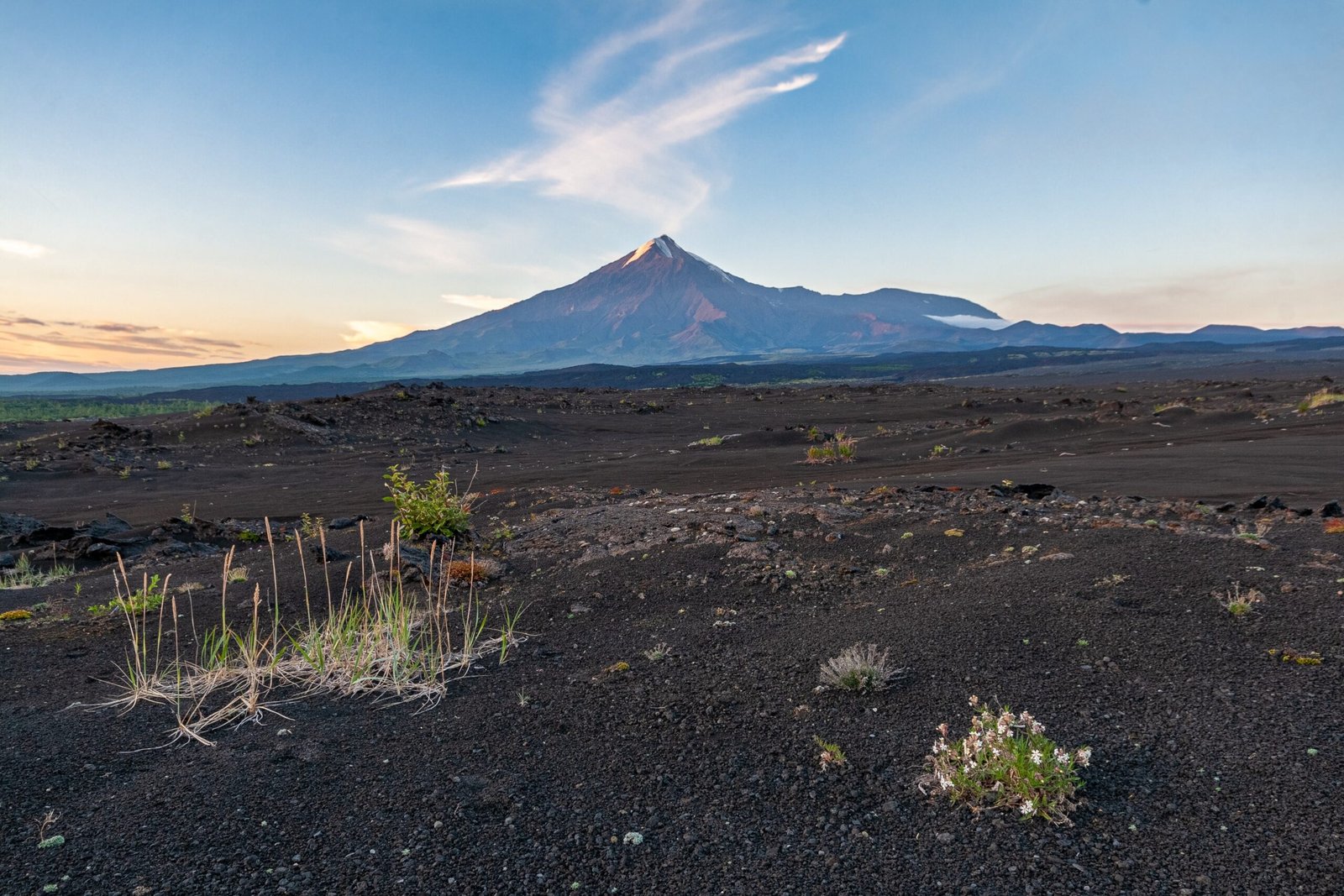
Volcanic forests essentially become natural laboratories for atmospheric chemistry, where the interaction between plant life and volcanic gases creates conditions that exist nowhere else on Earth. The air composition changes dramatically as plants process the unusual mix of gases being released from below ground.
These atmospheric changes affect everything from local weather patterns to the types of insects and microorganisms that can survive in the area. The forest becomes a unique ecosystem that operates according to rules that are fundamentally different from normal forest environments.
Scientists studying these atmospheric changes have discovered that volcanic forests can actually help predict eruption timing and intensity. The rate of plant growth and the specific atmospheric chemistry signatures can provide early warning signs that are more accurate than some traditional geological monitoring methods.
The Photosynthetic Time Bomb

The enhanced photosynthesis in volcanic forests creates what could be called a “photosynthetic time bomb” – a situation where plants are converting sunlight and carbon dioxide into biomass at unsustainable rates. This accelerated growth creates forests that are incredibly productive but also incredibly vulnerable to any disruption in the volcanic conditions that make the growth possible.
When the enhanced conditions suddenly disappear during an eruption, these forests often collapse even more dramatically than they grew. The plants that thrived in the artificial abundance find themselves unable to survive in normal conditions, creating a boom-and-bust cycle that’s repeated with each volcanic cycle.
This photosynthetic time bomb effect means that volcanic forests are essentially living on borrowed time, with their spectacular growth rates being both their greatest strength and their ultimate weakness. It’s a high-stakes gamble that nature plays with devastating regularity.
The Temperature Tightrope
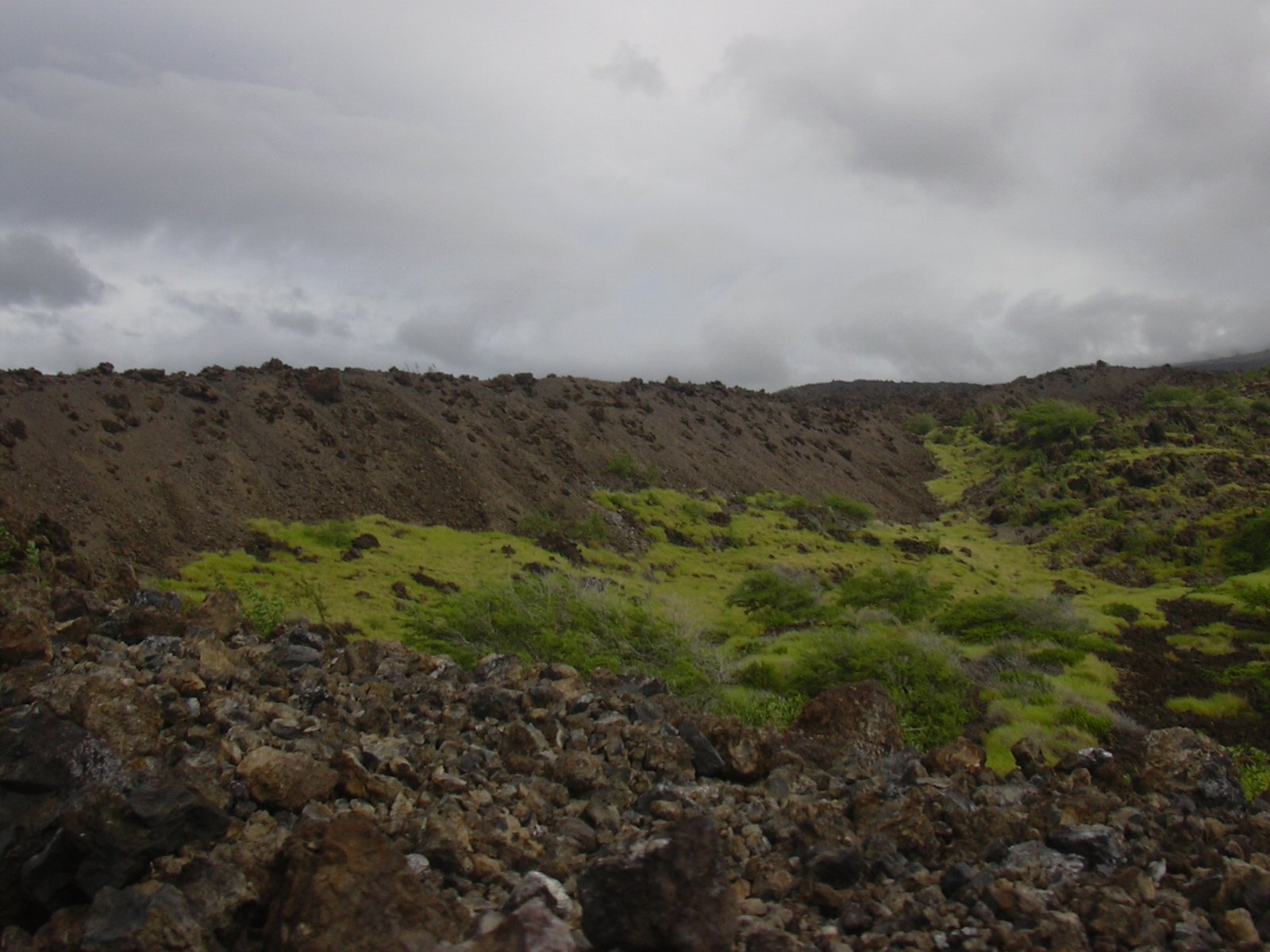
The relationship between volcanic heating and plant growth is incredibly delicate, with optimal temperatures producing spectacular growth while temperatures just a few degrees higher can trigger rapid decline. Plants in volcanic forests walk a temperature tightrope, thriving in conditions that would kill most vegetation while remaining vulnerable to the slightest increase in heat.
This temperature sensitivity means that volcanic forests can serve as early warning systems for eruptions. When plants begin to show stress or die-back despite optimal nutrient conditions, it often indicates that underground temperatures are rising beyond the critical threshold for plant survival.
The precision required for this temperature balance is remarkable. Plants must be able to tolerate ground temperatures that can be 10-15 degrees higher than normal while still maintaining the delicate cellular processes that allow for rapid growth. It’s a biological high-wire act that showcases nature’s incredible adaptability.
The Green Goodbye
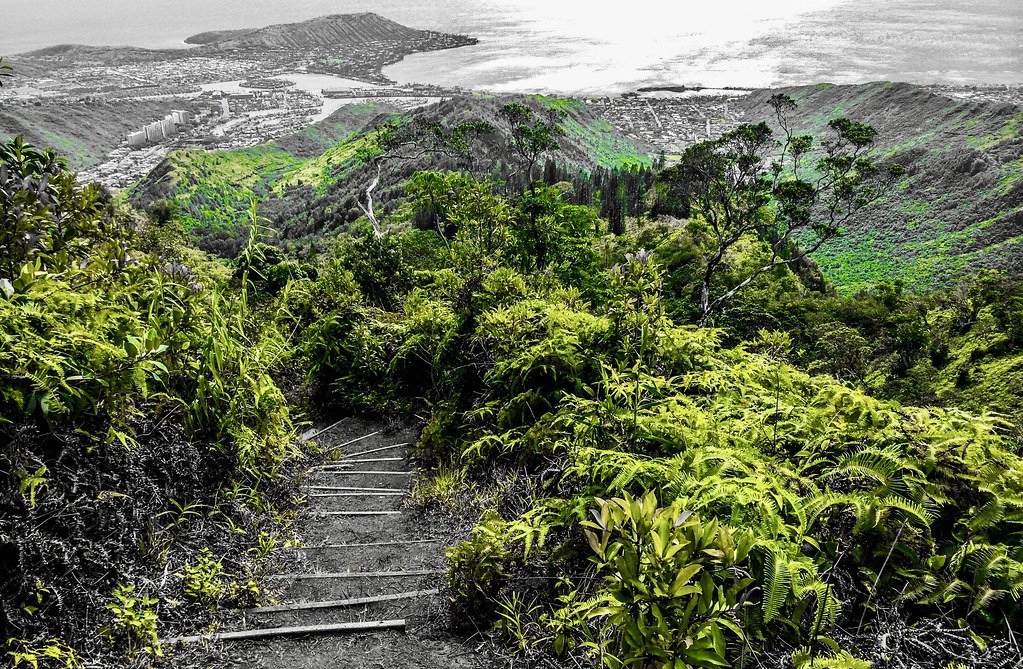
Perhaps the most haunting aspect of volcanic forest greening is how it represents nature’s final gift to herself before destruction. These forests reach their peak beauty and productivity just before being obliterated, creating a poignant reminder of how closely linked creation and destruction are in the natural world.
The spectacular green displays serve as both a celebration of life and a farewell to the ecosystem that’s about to be erased. Every leaf, every branch, every root system represents nature’s last attempt to create something beautiful before the inevitable reset button is pressed.
This green goodbye is nature’s way of ensuring that even destruction serves a purpose – the nutrients locked in all that plant matter will eventually feed the next generation of forest that grows from the volcanic ash. It’s a cycle of death and rebirth that has been playing out for millions of years, with each iteration creating more spectacular displays than the last.
Conclusion: Nature’s Most Beautiful Deception
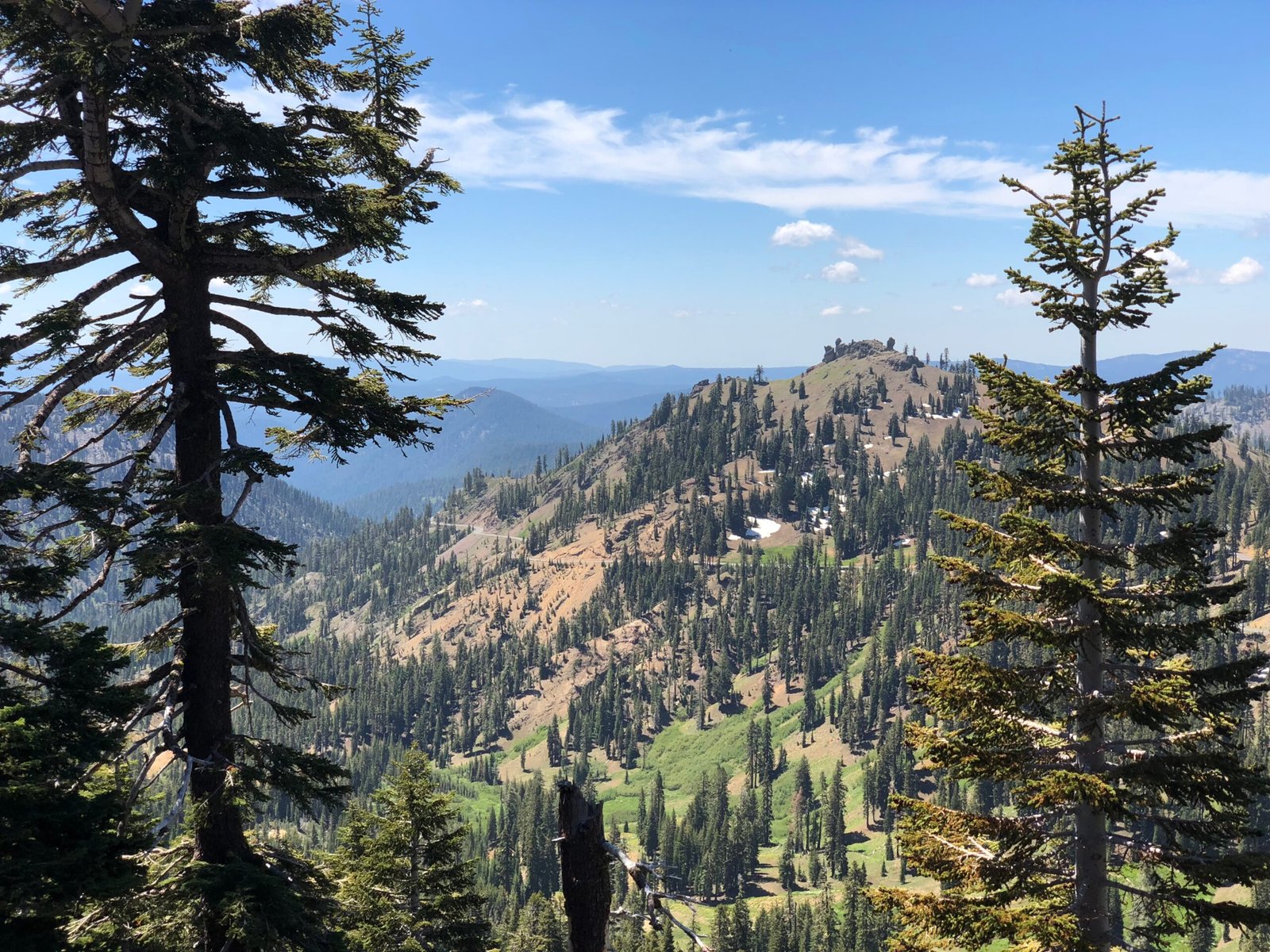
The phenomenon of volcanic forests becoming incredibly green before eruptions represents one of nature’s most beautiful deceptions. What appears to be a paradise of lush vegetation is actually a countdown to destruction, with every vibrant leaf and towering tree serving as both a celebration of life and a marker of approaching doom.
This strange relationship between creation and destruction offers profound lessons about the interconnectedness of natural systems. The same geological forces that will eventually destroy these forests are first responsible for their extraordinary beauty and productivity. It’s a reminder that in nature, nothing exists in isolation – every process is connected to every other process in ways that are both beautiful and terrifying.
The next time you see photographs of impossibly green volcanic forests, remember that you’re looking at nature’s most spectacular last dance. These forests are giving everything they have to create one final moment of beauty before stepping aside for the next act in Earth’s endless drama of creation and destruction. What would you choose to do if you knew your world was about to change forever?

